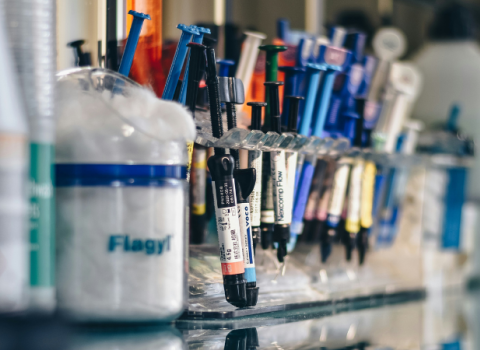Research lead
A small genetic change can predict how people infected with hepatitis C react to treatment, paving the way to personalise therapy for the disease.
Zoltan Kutalik, from the Department of Medical Genetics, University of Lausanne, Switzerland, told this week’s annual conference of the European Society of Human Genetics that individuals with a polymorphism in a gene encoding for the antiviral cytokine interferon lambda respond less well to treatment. This insight could spare them the unpleasant side effects of a therapy that is likely will be of little benefit, he said.
Hepatitis C causes a chronic infection of the liver in around 80 per cent of individuals infected with the virus. Of these around half do not respond to existing therapy, which involves a combination of an interferon and the antiviral drug ribavirin. Side effects of the drug combination are common and can be serious.
“The Lausanne University Hospital has a large cohort of Hepatitis C patients seen at the hospital over many years,” said Kutalik. “This provided the opportunity for us to do a genome-wide association study on 1,362 of them to see if we could track down any differences relating to patients’ failure to respond to therapy.”
The analysis revealed a single nucleotide polymorphism, present in a gene called IL28B, which encodes for interferon lambda, was significantly associated with both natural and drug-induced clearance of the Hepatitis C virus from the body. Kutalik postulates that this polymorphism may exert its influence by modulating the level of expression of the interferon lambda gene.
Individuals who carry the protective allele at this locus are twice as likely to clear the virus and, even if they do not, they will respond to therapy in a sustained manner. “Individuals infected with the less malignant subtype of the virus and carrying no risk allele were five times more likely to respond than those who were infected with other subtypes, and who carried at least one copy of the risk allele,” Kutalik said.





 A unique international forum for public research organisations and companies to connect their external engagement with strategic interests around their R&D system.
A unique international forum for public research organisations and companies to connect their external engagement with strategic interests around their R&D system.